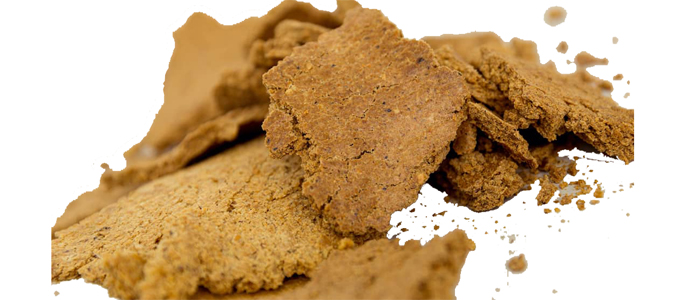Products > Animal Feeds > Soya Cake

SOYA CAKE
We offer soya cake which is a highly valuable material used for many purposes including animal feed formulation, soy protein isolate production, soy flour, etc.
- One of the advantages of soya cake is the comparatively low content of fiber. This translates to its higher level of digestibility compared to other feed additives making it popular among all the kinds of farm animals and poultry (it also suits exotic animals).
- Soybean cake possesses the high exchange energy and contains necessary microelements like iron, zinc, manganese, and calcium.
- The price listed is per 50kg bags of soya cake.
We offer soya cake which is a highly valuable material used for many purposes including animal feed formulation, soy protein isolate production, soy flour, and so on.
- Soybean meal and cake are the typical byproducts of soy oil production. The difference between meal and cake is the method of soya oil extraction from them. While the meal is usually pressed out, the cake is extracted with an extractive solvent (e.g. hexane).
- Furthermore, in comparison with the soya bean meal, soya cakes contain more protein but lesser fat (less than 1.5%).
- Over 70% of proteins that make up the animal feeds come from soya bean.
- One of the advantages of soya cake is the comparatively low content of fiber. This translates to its higher level of digestibility compared to other feed additives making it popular among all the kinds of farm animals and poultry (it also suits exotic animals).
- Soybean cake possesses the high exchange energy and contains necessary microelements like iron, zinc, manganese, and calcium.
Soya cake facts
- Soybean meal (or cake) is the most important protein source used to feed farm animals. It is used in over two-thirds of the world output of feed proteins, including all major oil meals and fish meals.
- It has better feeding value than any other plant protein sources.
- Soya cake protein content serves as the standard to which other protein sources are compared.
- In physically-extracted soya bean meals, the oil content is usually more than 3% while it is lower than 2% in meals extracted using solvents.
Production process
Raw soya beans are cleaned and dried, after which their hulls are separated. Thereafter, the cleaned soya beans are passed through cracking rolls at about 175⁰C for 10 minutes. The oil level is subsequently reduced to under 1% using solvents like hexane. After the extracted flakes are dried, and toasted, they are ground to the meal. This meal is commonly around 50% protein and this is considered too high for animal consumption, so additional hulls are generally added to it. It is also incredibly high in energy.
Uses
- The meal/ cake is generally fed to swine, beef cattle, fish, dairy cattle, pet foods, etc.
- It can be used as soy flour which provides the basis for some soy milk and vegetable proteins.
- For soy protein isolate production and other human food products.
Advantages of incorporating soya cake in animal feeds
- No wastage of excess products: Soybean meal/cake is an inevitable product of soy oil production, so this valuable by-product won’t waste if used in feeds.
- High protein and carbohydrate: This gives timeless value to the well being of animals.
- High versatility: Almost all kinds of livestock animals and pets can take soybean cakes or their products.
